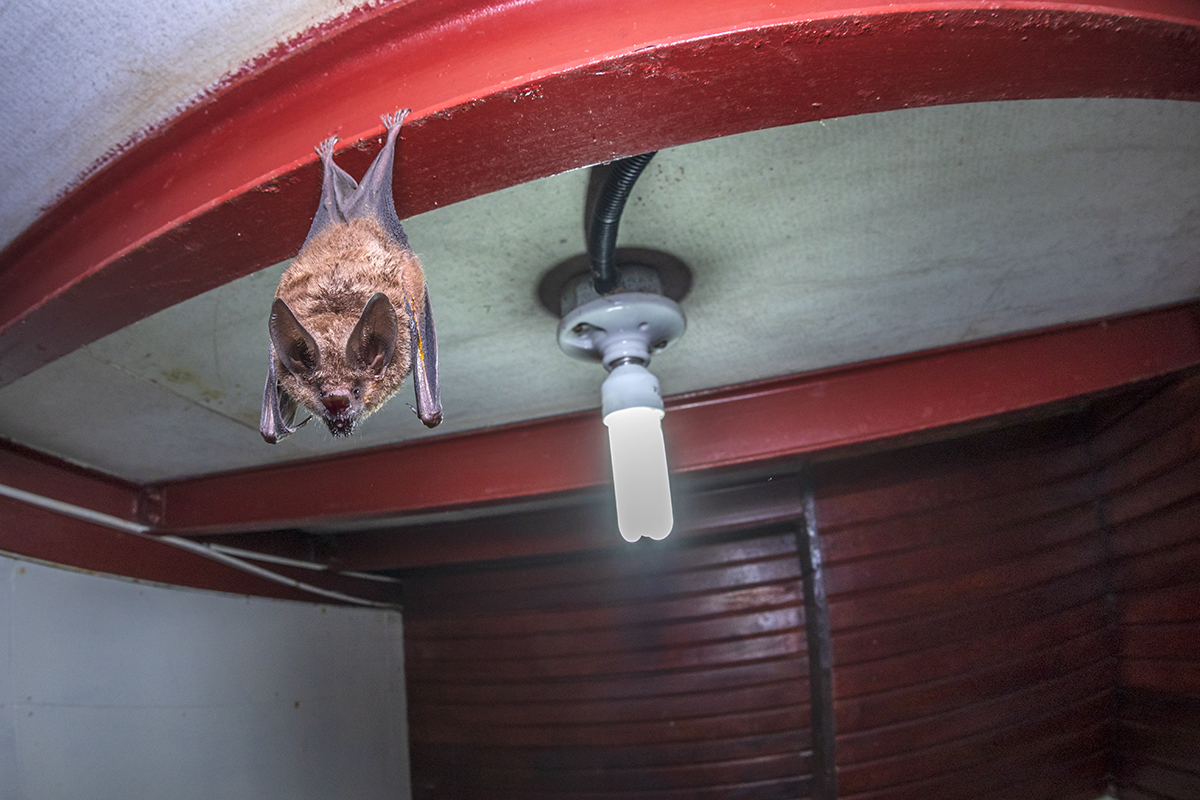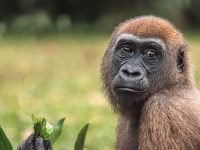
Although humans’ irresponsible and indiscriminate use of the natural environment could be one of the causes behind the recent coronavirus crisis, bats have been targeted for their role as natural reservoirs of zoonotic pathogens that cause diseases such as rabies, Ebola, and severe acute respiratory syndrome (SARS). Our socio-cultural perception of this group is also preceded by a multitude of myths and legends that have damaged their image for centuries. Finally, their morphology and habits (they are nocturnal, sometimes living in caves) further worsen their reputation. But what do we know about bats? These winged vertebrates represent a quarter of described mammalian species. They possess the fascinating ability to use echolocation to hunt and communicate. With a wingspan ranging from 15 cm to 2 meters, bats live in all terrestrial habitats except the Arctic, Antarctica, and some oceanic islands. Almost three quarters of species are insectivorous, and the rest are mainly frugivorous. Despite their reputation, only three species in the Desmodontinae subfamily are hematophagous – that is, they feed on blood. Bats are key for pest control, seed dispersal, and pollination in many ecosystems.
Sadly, habitat loss, extensive use of pesticides, emerging diseases, and indiscriminate hunting are bringing many species to the brink of extinction. The image on these pages attempts to represent the inevitable intersection between the fate of many bats and the actions of humans. Using an angular lens, I was able to capture a broader perspective of the anthropised but sustainable environment in which this specimen was found (the Tiputini Biodiversity Station in Ecuador). While they are the unwilling protagonists of this story, the survival of many bat species depends on our sustainable and responsible use of the ecosystems.





